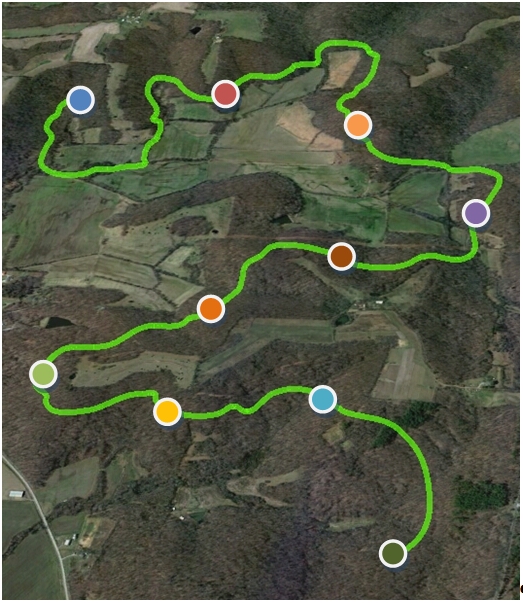Select Connectivity Modeling Tool(s)
STEP 6: SELECT THE CONNECTIVITY MODELING APPROACH AND TOOL(S) THAT WILL BE USED
Outcomes or Products
Selection of the modeling approach and tool(s) that will be used in your connectivity assessment
Prerequisites
STEP 1: Characterize goals and scope of your connectivity assessment.
STEP 3: Identify the targets of your connectivity assessment and planning
As long as you understand what you need to get out of your assessment and for which targets, you can choose which modeling tools to use without having engaged partners (Step 2) or characterized the biology of the species or systems (Step 4) that you are planning to evaluate, although it would be helpful if Step 4 is also completed.
Description
The nature of the connectivity you need to model and the intended use of your connectivity modeling results will be critical determinants of which tool(s) you choose to use; in this step, you will review the available tools and determine which tool(s) best meet your needs.
Skill Sets or Expertise Needed
- Familiarity with underlying approaches (e.g., least-cost path, circuit theory, graph theory) of available connectivity modeling tools
- Basic understanding of outputs of connectivity modeling tools
- General familiarity with spatial modeling and its limitations
Overview of Connectivity Modeling Tools
Numerous GIS-based modeling tools are now available for assessing connectivity. Read more...
How to Conduct This Step
Review the available modeling tools against your assessment goals to determine which tool(s) provide the most useful outputs. For example, if you want to look at broad patterns of connectivity and understand the full range of potential pathways, one of the tools based on circuit theory (such as Circuitscape) or resistant kernel may be appropriate. If you need a discrete set of clearly identified corridors that will inform on-the-ground resource management activities, tools that provide clearly defined corridors as the output (least-cost path-based tools, Linkage Mapper, others) may be most appropriate. See the “Overview of Tools” to assist with your review.
Modeling connectivity for climate change adaptation often utilizes these same approaches and tools; however, new methods that incorporate climate gradients into least-cost path modeling show promise for overcoming some concerns about the applicability of traditional approaches for addressing climate change (see Useful Examples and Linkage Mapper).
Consult with experts knowledgeable about the uses, pitfalls, and outputs of these tools. Until you’ve tried using one or more of these modeling tools and have a solid understanding of how the tool works, it can be difficult to determine which tool is most appropriate to your needs and will provide the most useful results. In addition, keep in mind that the tool functions, platform, and other requirements may change rapidly and without notice. If possible, consult with others familiar with the tool of interest, including the tool developers, to determine which tool(s) are the best fit for your assessment needs. A number of tools have discussion groups; links or directions for participating are provided on the tool websites.


